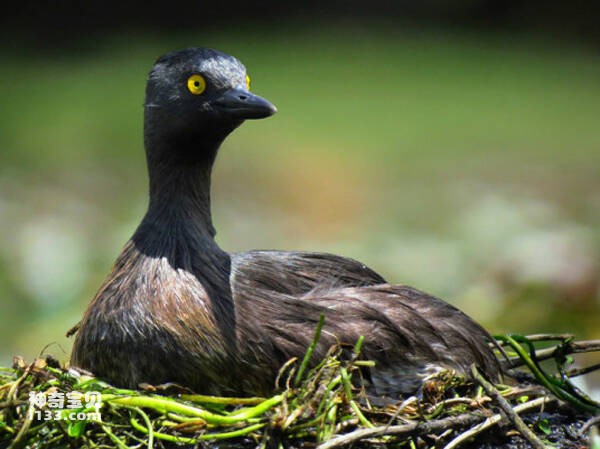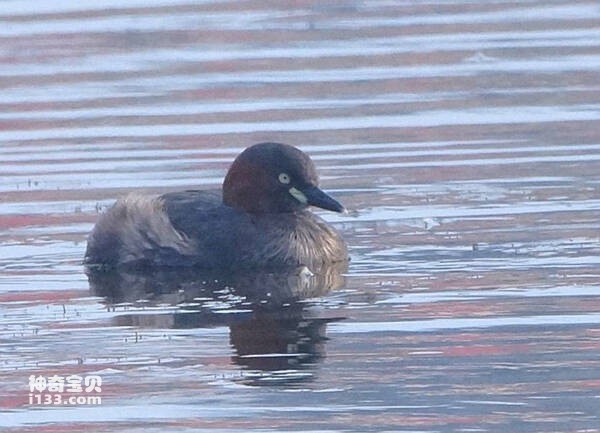Tachybaptus dominicus
IUCN
LCBasic Information
Scientific classification
- name:Tachybaptus dominicus
- Scientific Name:Tachybaptus dominicus,Least Grebe
- Outline:Waterfowl
- Family:
Vital signs
- length:21-26CM
- Weight:108-130g
- lifetime:No textual research information is available
Feature
The youngest member of the Grebe family
Distribution and Habitat
Place of origin: Argentina, Aruba, Bahamas, Belize, Bolivia Plurinational State, Bonaire, Sant 'Eustatius and Saba, Brazil, Cayman Islands, Colombia, Costa Rica, Cuba, Curacao, Dominican Republic, Ecuador, El Salvador, French Guiana, Guadeloupe, Guatemala, Guyana, Haiti, Honduras, Jamaica, Mexico, Nicaragua, Panama, Paraguay, Peru, Puerto Rico, Suriname, Trinidad and Tobago, Turks and Caicos Islands, United States, Uruguay, Bolivarian Republic of Venezuela, Virgin Islands.
Traveler: Dominica.
It mainly lives in open plains, lakes, rivers, ponds, reservoirs and swamps, especially large and small lakes and ponds rich in emergent plants and fish, and also appears in mountain lakes and ponds. In winter, it lives in coastal bays, estuaries, large inland lakes, dry and stable rivers and plants in coastal swamps.
Appearance
It is only 21-26 cm long and weighs 108-130 grams. Looks like there's almost no tail. Its short wings and short legs (long at the back of the body, near the tail) make it almost elliptical in shape, and its feathers are all velvet feathers, soft as silk, the whole feeling is like a hairy gourd. The upper body is dark brown, some feather tips pale. The primary and secondary feathers are grayish-brown, grayish-brown, the primary tip is grayish-black, and the secondary tip is white; Large, middle cover dark gray black, small cover light dark brown. The anterior thorax, flanks and anus are grayish brown, the anterior thorax tip is pale or white, the posterior thorax and abdomen are silky white, stained with the same grayish brown as the anterior thorax, and the axillary and underwing coverts are white.
Adult bird (winter plumage) : light grayish-brown forehead, dark brown on top and back of neck, yellowish-brown on both sides of waist; The rest of the upper body is grayish brown. C
Details
The creta Grebe (Tachybaptus dominicus) is the smallest member of the Grebe family, with four subspecies.

The creta spends almost all of its life in water, often living in clusters. Not good at flying. They use their feet instead of wings and rarely walk on the ground. Can dive for food, generally diving only 1-4 meters deep. Food is mainly aquatic insects and larvae, crustaceans, mollusks, small fish and grass.

When breeding, the creta builds floating nests in the grass near the water, made of reeds, weeds, and some clay. Each egg is 2-7, white, mostly stained by dirt. The male and female incubate the eggs in turn. The eggs hatch for about 25 days. The young are early sex, the body is densely feathered, can move freely, in the chicks hatched 2-3 weeks, the parent birds often put the chicks on the back, frightened diving they are under the wings.
Listed on the International Union for Conservation of Nature (IUCN) 2013 Red List of Threatened Species ver 3.1 - Not Threatened (LC).
Protect wild animals and eliminate wild meat.
Maintaining ecological balance is everyone's responsibility!








